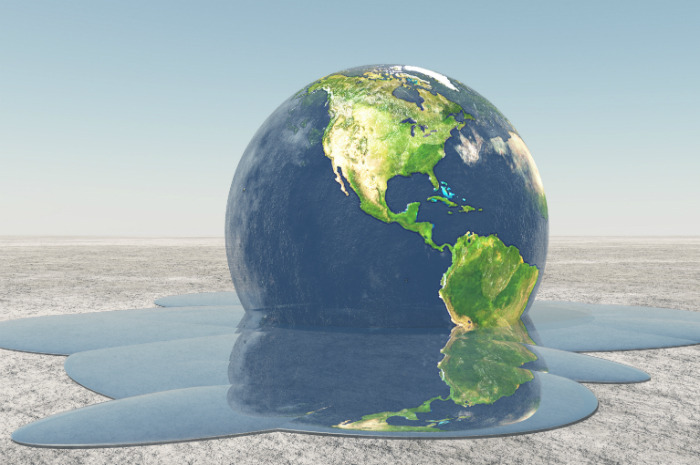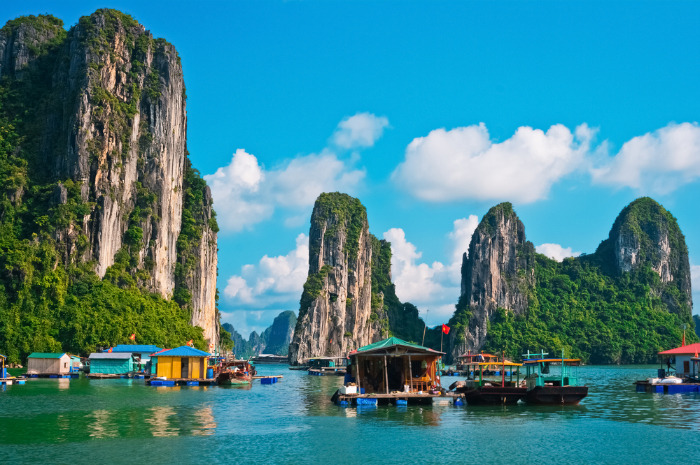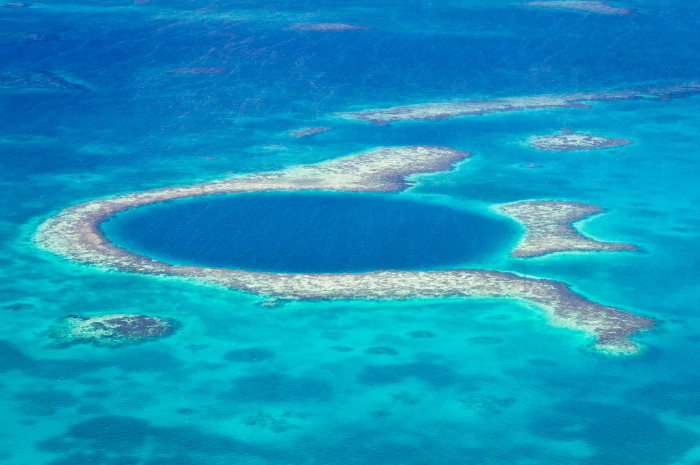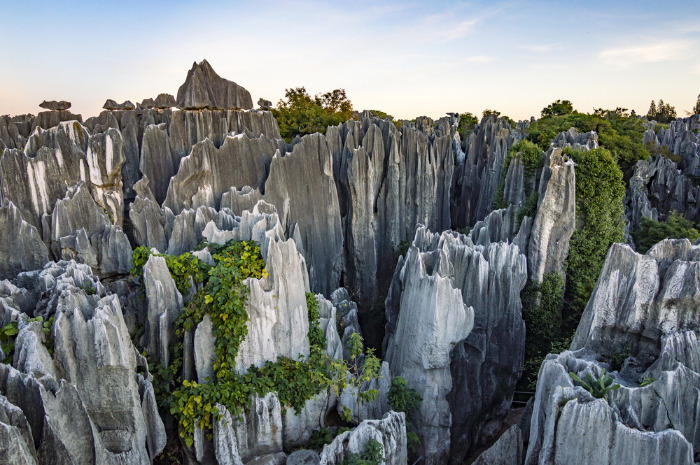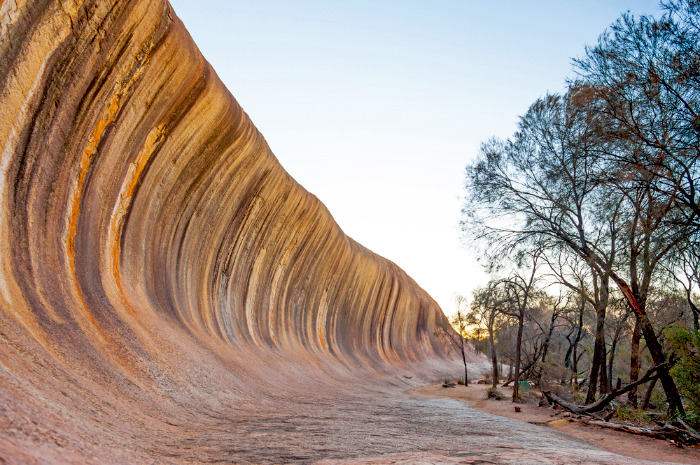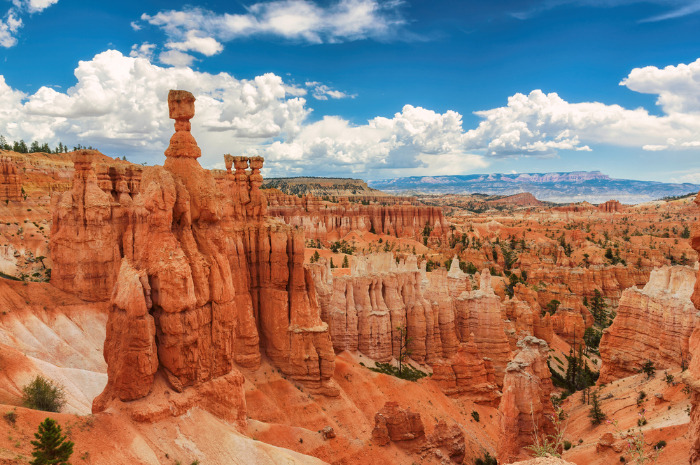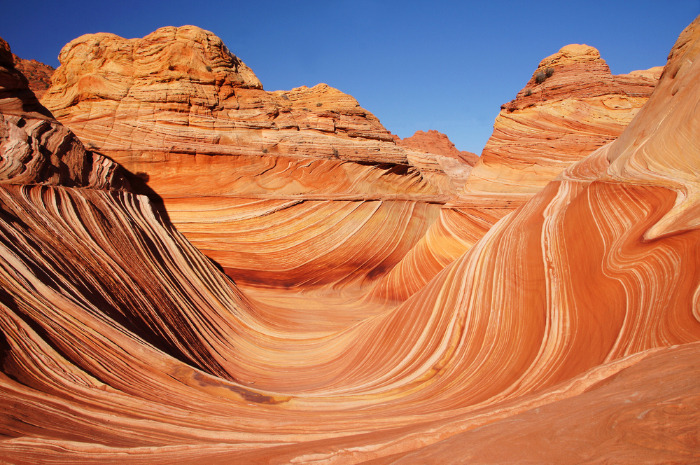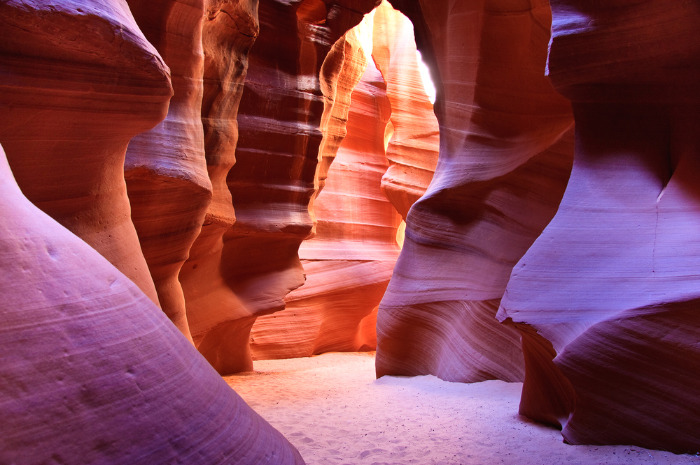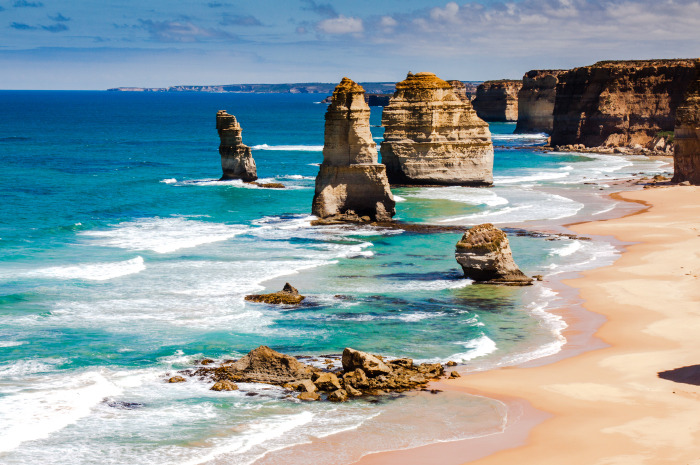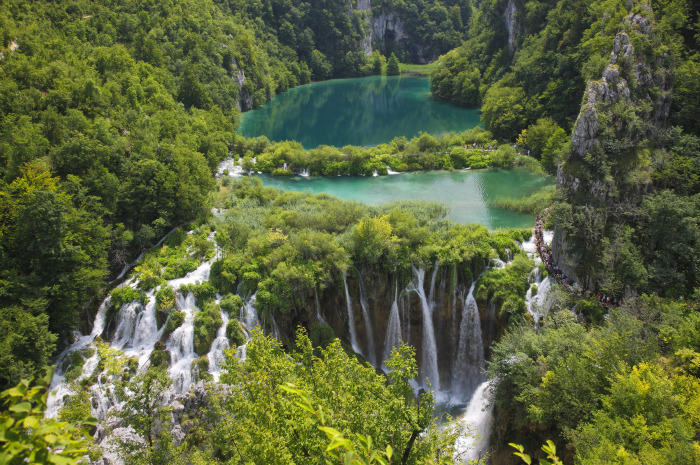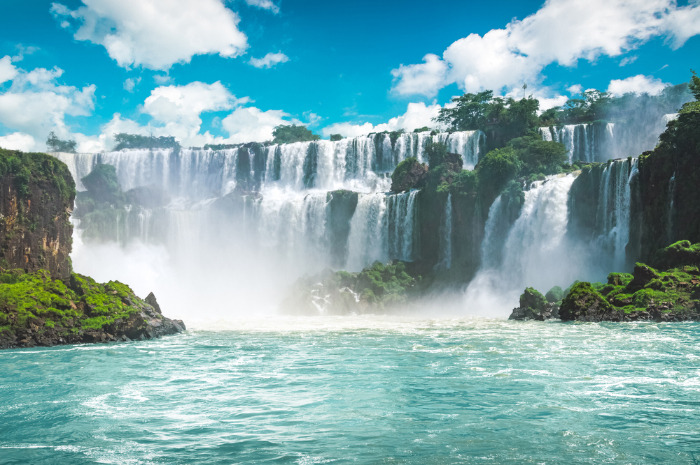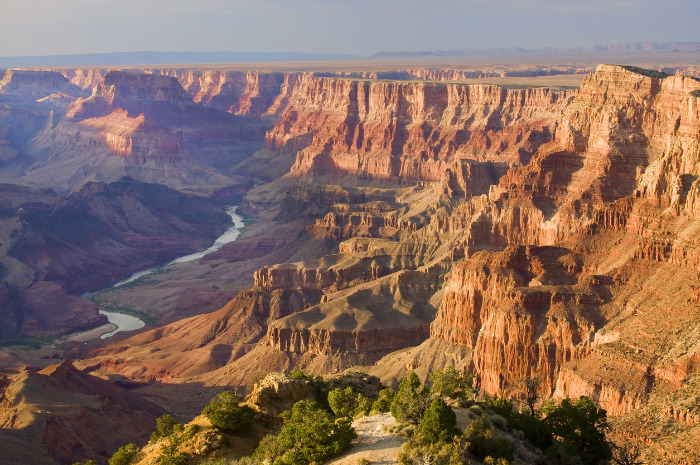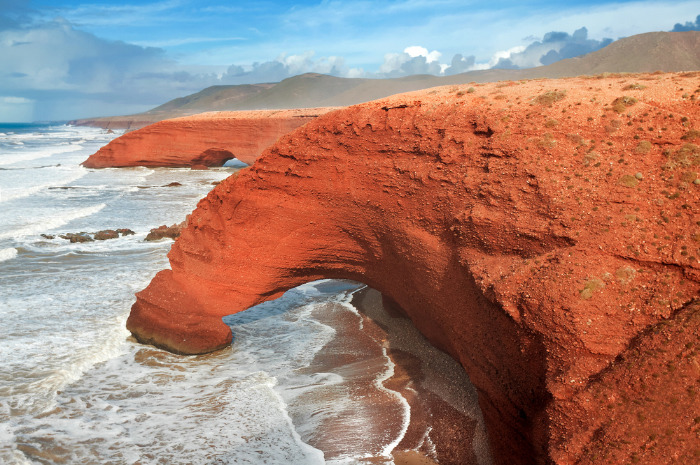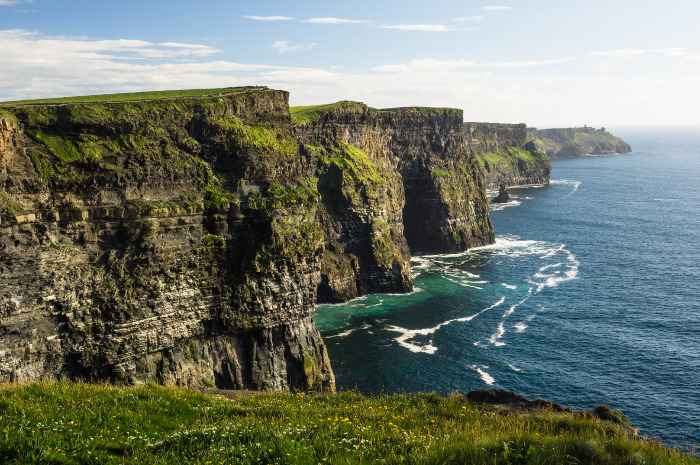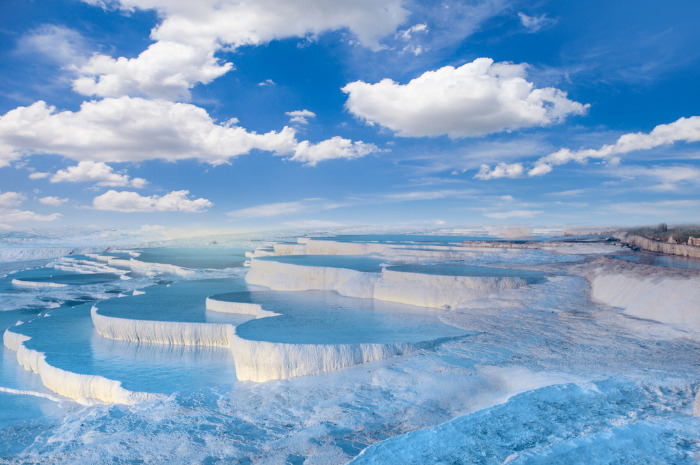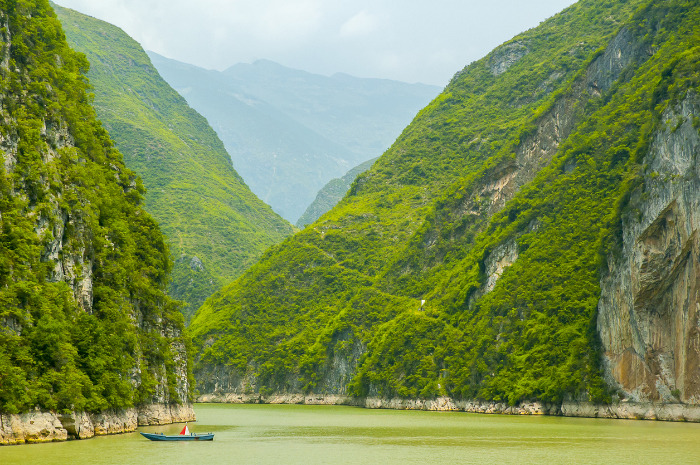Top 15 Natural Wonders To See Before They Disappear
Nature continues to surprise people in many ways. From the Grand Canyon to the Cliffs of Moher in Ireland, the movement of water over time has crafted some of the world's most striking landscapes and spaces. Experts from High Tide Technologies listed the top travel destinations that were shaped by water. They also looked at how climate change can affect these landscapes permanently.
Ha Long Bay, Vietnam
People go there looking for an active adventure. The UNESCO World Heritage Site puts explorative kayakers amidst striking limestone islands, rugged rock formations and low caves. The bay in the Gulf of Tonkin includes 1,600 islands and islets. Most of them are uninhabited and unaffected by a human presence. Unfortunately, increased flooding in the region has caused coal-fired power plant run-off to stream into the bay. Also, extreme weather contributes to quicker erosion.
The Great Blue Hole, Belize
This is one of the absolute best, as well as most dangerous, places for scuba diving. The Great Blue Hole, located 60 miles off the coast of Belize, is, essentially, a giant underwater sinkhole – 300 feet across and 410 feet deep. Increases in ocean acidification caused by the uptake of carbon dioxide in the atmosphere damage local marine life and coral reefs.
The Stone Forest, China
This stunningly remarkable landscape, which covers about 186 square miles, features karts formations, caves, waterfalls, and an underground river. The iconic rocks are known to resemble people, lions, birds, and trees. The "forest" formed about 270 million years ago after many earthquakes and erosion. Higher CO2 levels in the air increase acid rain, which in turn accelerates deterioration of the karst formations.
Wave Rock, Western Australia
This uncanny natural granite rock formation looks like a giant ocean wave that is about to break. It was originally buried under the soil. The rock, which is 46 feet high and 360 feet long, developed its unique characteristics from humic acid released in the wet soil. The Wave Rock is mostly impervious to erosion and pressures of climate change.
Bryce Canyon, Utah
This is where hoodoos and forest are mixed together. The Bryce Canyon is actually not a canyon, according to the National Parks Service. Rather, it is a spectacular series of more than a dozen amphitheaters, each of which is carved at least 1,000 feet into the chromatic limestone of the Paunsaugunt Plateau. As Utah gets warmer and drier and local rainfall changes, there is an increased chance of flash flooding.
Vermilion Cliffs, Arizona
The Vermillion Cliffs, which cover an area of about 175 square miles, represent one layer in a sedimentary rock formation called the Grand Staircase. Known for red hue, the cliffs are made of quartz and were shaped by water and wind over 190 million years. As Arizona gets warmer and drier, local wildlife is at increased risk.
Antelope Canyon, Arizona
Antelope Canyon, which is 120 feet deep and 2,000 feet long, is one of the most photographed canyons in the American Southwest. It is made up of two canyons. When the sunlight shines in the colors of the canyon, they appear to vibrate off of the walls. The canyon looks red, gold and orange. Increase instances of flash flooding make visiting the canyon a risky endeavor.
Twelve Apostles, Australia
The iconic rock stacks along the Great Ocean Road in Victoria have separated from nearby limestone cliffs. They began eroding away from the caves approximately 10 to 20 million years ago. The wind and water continue to corrode them at an average of 0.75 inches a year. An increased frequency of extreme weather and higher levels of carbonic acid in the water accelerate the erosion of the rocks.
Plitvice Lakes, Croatia
The waters flowing over the limestone and chalk have, over thousands of years, deposited travertine barriers, creating natural dams which in turn have created a series of 16 beautiful lakes that change colors, caves and waterfalls, according to UNESCO. These geological processes continue today. The lakes are most susceptible to pollution from visitors. Also, local biodiversity could be impacted by climate change.
Iguazu Falls, Brazil and Argentina
The iconic falls on the border of Brazil and Argentina are a system of 275 waterfalls that occur along the Iguazu River. The falls formed as a result of volcanic activity about 100 million years ago. They are twice as wide as Niagara Falls; drops range from 197 to 269 feet. Increased instances of drought in the area will diminish the water flow of the falls.
Grand Canyon, Arizona
One of the most famous American tourist attractions in the world was carved by the Colorado River about 6 million years ago. The canyon is unique in size – 1 mile deep, 277 miles long, 18 miles wide – and how well its layers of rocks are preserved. While it is not very susceptible to climate change, wildfires and water pollution are a concern in the region.
Legzira Beach, Morocco
Legzira Beach was once home to two rock archways, each extending from the beach into the water of the North Atlantic. In late 2016, the smaller of the two arches collapsed due to erosion. The beach itself is famous for sunsets, and the remaining arch is only accessible on foot during low tide. Increased dryness and rising sea levels could accelerate further collapse.
Cliffs of Moher, Ireland
The Cliffs of Moher, estimated to be 319 million years old, are the second most popular tourist attraction in Ireland, after Trinity College in Dublin. The cliffs, which are about 5 miles long, rise sharply—up to 702 feet above sea level—and are a breeding ground and safe haven for more than 30,000 seabirds. Increased levels of carbonic acid in the water, along with flooding, will accelerate erosion of the limestone formations.
Pamukkale, Turkey
Pamukkale is a hillside of cascading terraces, or steps, made of carbonate deposits from flowing water. There are 17 pools, which began to form 400,000 years ago, originating from natural hot springs in the area, and the water temperatures range from 95 to 212 degrees Fahrenheit. The pools are not immediately at risk but the thousands of swimmers who visit pollute the water.
Yangtze River, China
This is the longest river in China, and the third longest in the world, ideal for river cruises. Yangtze is the busiest inland waterway in the world, the site of many of China's biggest cities, and home to the Three Gorges Dam, the world's largest hydropower project. Many of the lakes that feed the river are shrinking due to climate change. Also, the water has become extremely polluted.
